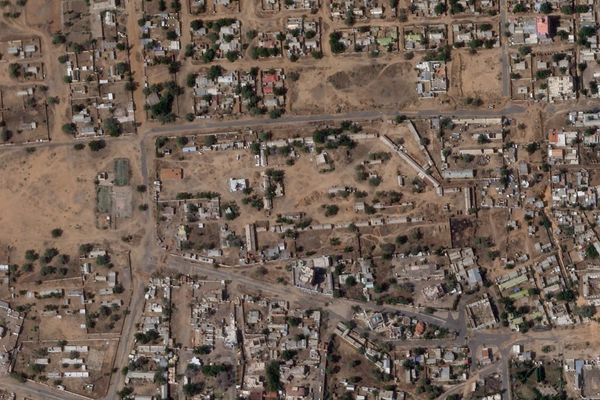
The polls in North Carolina are set to close soon, marking the end of a crucial voting period in a state that could potentially become a battleground come November. In the upcoming election, Joe Biden will be vying for support in a state where he narrowly lost in 2020.
As the polls prepare to close, attention is turning to the key factors that could influence the outcome. North Carolina shares a border with a state that is also a focal point in the political landscape, making it an area of interest for both parties. The state's demographics play a significant role in shaping the political landscape, with a clear divide between rural and urban areas.
One of the most prominent factors to watch for is the level of education in different counties. The map shows a distinct contrast between areas with higher and lower levels of education, with darker shades indicating counties with lower education levels, typically high school degree or less. In contrast, lighter shades represent areas with higher education levels, often associated with college towns and urban centers like the Research Triangle around Raleigh-Durham.



Educational attainment has emerged as a major dividing line in American politics, influencing voter preferences and party affiliations. The outcome of the election in North Carolina will likely hinge on the ability of candidates to appeal to voters across this educational divide.
As the results start to come in, the focus will be on key indicators such as voter turnout and support in different regions. The final numbers for each candidate, including key figures like Nikki Haley, will be closely watched to gauge their standing in the state.
With North Carolina being a state where both parties have a strong presence, the race is expected to be closely contested. The outcome of the election in this pivotal state could have far-reaching implications for the national political landscape, making it a state to watch as the results unfold.







